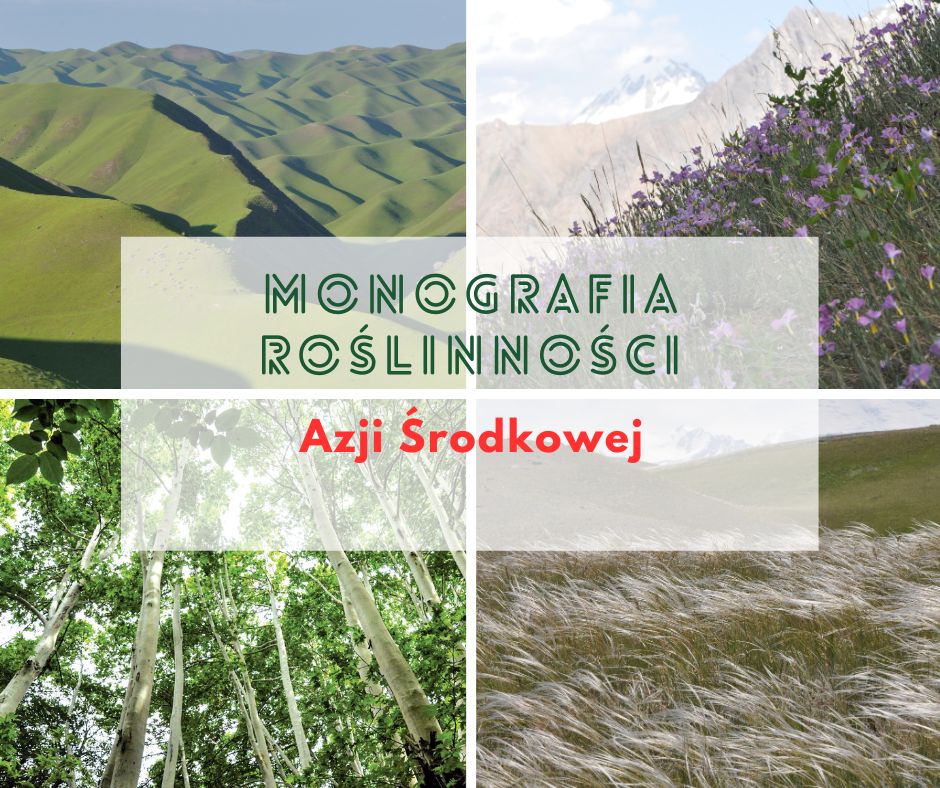We would like to kindly inform you that a few days ago a monograph on the vegetation of Middle Asia - "Vegetation of Middle Asia with a special reference to Tajikistan" was published.
This is a fundamental work for understanding the diversity and distribution patterns of plant communities of this archaeological area of the Earth. This work is the culmination of almost 20 years of geobotanical research on Central Asia, conducted by a team of Polish botanists led by Prof. Dr. Arkadiusz Nowak (PAN Botanical Garden - CZRB in Powsin) and Prof. Dr. Marcin Nobis (Institute of Botany, Jagiellonian University) - the editors of this study. This area is one of the floristically richest (more than 10,000 species of vascular plants) regions of the world and at the same time very diverse in terms of habitat with exceptional phytocenotic richness.
A multi-year program of geobotanical exploration of Tajikistan and neighboring countries began in 2006. After some 56 expeditions and the collection of some 6,000 records of almost all vegetation types, the research has been summarized in this monograph, presenting the first catalog of plant communities for the area put into a hierarchical system. A total of 552 vegetation types (297 assemblages, 16 subassemblages and 239 plant communities) were distinguished, grouped into 45 vegetation classes, 51 orders and 87 associations. A schematic geobotanical map with 29 major zonal vegetation types was also prepared, with a special focus on Tajikistan.
The monograph was published as the 111th volume of "Botanical Monographs" of the Polish Botanical Society with financial support under the "Excellent Science II" program. Ministry of Science and Higher Education (grant number MONOG/SN/0217/2024/02).
The full electronic version of the monograph is available at the link: https://tiny.pl/x61vyx4t
Nowak, A., Nobis, M., Nowak S., Kotowski M., Klichowska E., Nobis A., Swierszcz S., 2025. Vegetation of Middle Asia with a special reference to Tajikistan. Monographiae Botanicae 111. Polish Botanical Society. https://doi.org/10.5586/9788396979872


